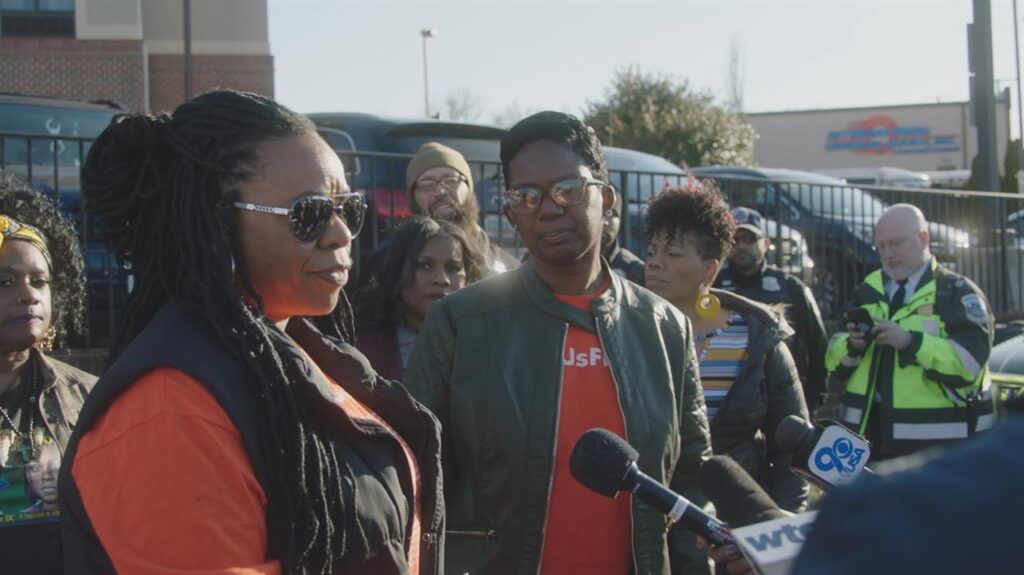Even if you don’t know the ins and outs of her story, you’ve probably, at one point or another, heard of Natalee Holloway. Have you heard of Tamika Huston, who went missing around the same time as Holloway? I’m guessing you haven’t — I certainly hadn’t before I watched “Black and Missing.” From the all-women of color directing team of Geeta Gandbhir, Nadia Hallgren, Samantha Knowles, and Yoruba Richen, the new HBO docuseries is an unsettling look into the way systemic racism factors into missing persons cases in the United States.
“Black and Missing” introduces us to Derrica Wilson and Natalie Wilson, the founders of Black & Missing Foundation, Inc. (BAMFI). Through their work, the sisters-in-law advocate for missing persons of color, help families and friends search for missing loved ones, and educate the public about the racial disparity in the police resources and media attention given to missing persons cases. The docuseries also branches out from the Wilsons and BAMFI, unpacking several past and current cases involving missing people of color and exploring how different facets of white supremacy inform how missing persons cases are handled.
One of them, sadly but unsurprisingly, is the criminal justice system’s overall disregard for and dehumanization of Black lives. Police routinely murder and physically harm Black folks; as “Black and Missing” shows us, they’re also quick to dismiss or shrug off cases involving missing people of color. For instance, missing Black persons are disproportionately labeled as “runaways” — i.e. the police determine that these people left of their own volition, are not in danger, and there’s no need to use valuable resources to try and find them.
Then there’s “missing white woman syndrome,” the hysteria and widespread rage that kicks in whenever a pretty white lady disappears. As a culture, we fetishize white woman as symbols of purity and goodness — and we feel it’s our duty to “save” them when they are harmed, threatened, or perceived as harmed or threatened. So cases like Natalee Holloway’s or Gabby Petito’s often receive outsized attention from the media, the police, and civilians who look at the missing woman and see their daughters or sisters. When women of color go missing, they don’t get a fraction of that attention, if they get any at all.
“Black and Missing” also smartly points out that “missing” is an umbrella term that includes people who are incarcerated as well as those who have been kidnapped, murdered, and human trafficked. White supremacy conditions us to not care when Black women disappear, just as it conditions us to believe that the Black men whose lives have been stolen by the prison industrial complex, biased police and judges, and the war on drugs, somehow deserve what they got.
I won’t lie: “Black and Missing” is really, really upsetting. It should be. Nothing will change if we, as citizens, aren’t informed about the issue, if activists such as Derrica and Natalie Wilson aren’t given a platform, if white folks like myself aren’t forced to recognize our own complicity. The truth is, if I — a blonde, blue-eyed white woman — were to go missing today, there’s a solid chance the media would take an interest and the police would feel pressure to find me asap. Statistically speaking, that simply would not be the case if I were a missing Black person.
“Black and Missing” will debut with back-to-back episodes on HBO/HBO Max tonight, November 23, at 8 p.m. EST. The final two episodes will air tomorrow, November 24, at 8 p.m. EST.







